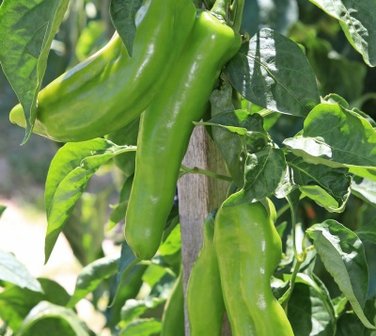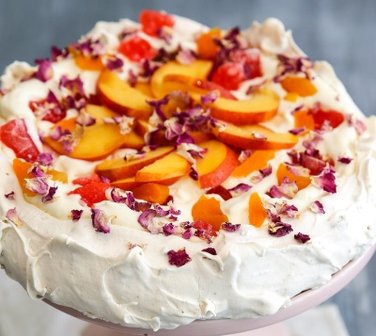Time to savour
There’s fast food that fills the stomach and slow food that nourishes body and soul. With a little planning you can come home to a satisfying meal that takes the rush out of weeknight dinners and puts the pleasure into Sunday lunch.
We asked three experts to share their slow cooking secrets.
1) Vince Garreffa, Mondo Butchers: It’s in the meat
Know what you buy, says Vince Garreffa. Cheaper cuts of meat can vary in age and quality, so check with your butcher that the blade steak you are buying is yearling blade steak and not something from a much older animal, which will affect the taste and texture of your meal.
The best cuts of beef for stews and pot roasts are shin or gravy beef, chuck steak, bolar blade, oyster blade, chuck tender, brisket and skirt steak, which cost $10-$20 a kilo. You can also do pork forequarter shanks, pork hindquarter, German knuckles, lamb shoulder and stock chickens, which are full of flavour.
“There are two ways to approach it, ” says Mr Garreffa. “Either use a conventional slow cooker for a stew or do it on a low temperature in the oven, which is what I prefer. Most new ovens will go down to 75C, but you need to cook most beef cuts at 95C to allow the gristle to turn to beautiful, succulent jelly.”
His recipe for success: take a piece of chuck, rub spices with olive oil on to the outside, put on a rack in a tray and bake for 10-12 hours for moist, melt-in-the-mouth meat.
“In summer, slow-roast pork shank at 100C for 7-12 hours, which means you can put it in the oven before you go to bed for lunch the next day.
“Using the oven is the most versatile way of cooking because you can do a 2-2.5kg lamb shoulder conventionally for two hours at 180C; for six hours at 100-120C and for 12 hours at 75C, which gives you a lot of control over temperature and time. It will result in different flavours and textures of meat, so as a family you can decide what you prefer.”
2) Alain Lapelerie, Kitchen Witch: It’s in the pot
Casserole, braise, stew, pot roast or hot pot? All are slow cooked, a casserole often without a lid; a braise, stew, pot roast and hot pot in a cast-iron dish or slow cooker.
Which is best? For Alain Lapelerie it’s a close call but he says the advantage of a slow cooker is that you can program and leave it without worrying about the oven or hotplate.
“It’s easy and people can use one without too much fuss, ” he says. “The cast-iron pots like La Chasseur and Le Creuset are called French ovens and were originally designed for use on wood-fired stoves to even out temperature fluctuations. The advantage with them is that they heat up all round; bottom, sides and even the lid, so the heat is wrapped around the food.”
3) Tracey Cotterell, Matters of Taste: It’s in the sauce
Whether you use a cast-iron pot or slow cooker, brown your meat first, says Tracey Cotterell. “It’s not a simple matter of just throwing everything in, ” she says. “Do your meat first and caramelise the onions, then add to the pot for better flavour.
‘With wine, don’t just pour it in. Use it to deglaze the pan after browning your meat and onions to get rid of the alcohol.’
To thicken the sauce, she uses a traditional French beurre manie, which is a paste of equal parts of softened butter and flour. The effect is similar to a roux but the advantage with this method is that the paste is whisked in small quantities into the hot sauce at the end of cooking and simmered so the flour cooks out and you end up with a velvety richness and glossy thickness which can be controlled, depending on the amount of liquid and individual taste.
Alternatively, you can use cornflour, but very sparingly — not more than two teaspoons for a six-person serve — or remove the cooked meat and simmer the sauce on the stove to reduce it and intensify the flavour.
“With seasoning, do it at the beginning of cooking to bring out the flavour of all the ingredients, then adjust once cooked if needed, ” she says. “This avoids over-seasoning, especially if you end up reducing the sauce.
“We just did lamb shanks in our slow-cooking class for winter and thickened the sauce by blending in all the vegetables that were cut up small at the start. This kept in all the goodness.” Both cast iron and a slow-cooker use the same principle of low heat to retain moisture and develop flavour, but an advantage of cast iron is that you can do your browning in the same pot on the hotplate, add the other ingredients and simmer on a low heat or put in the oven for cooking.
© The West Australian
More Lifestyle and food news: thewest.com/lifestyle/food









